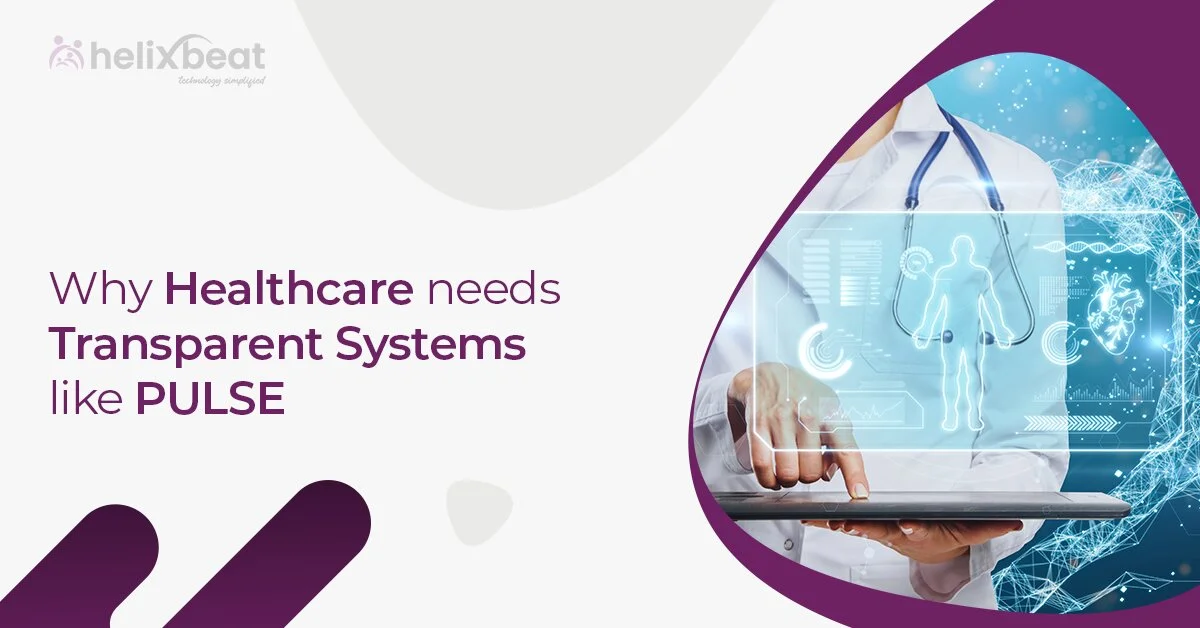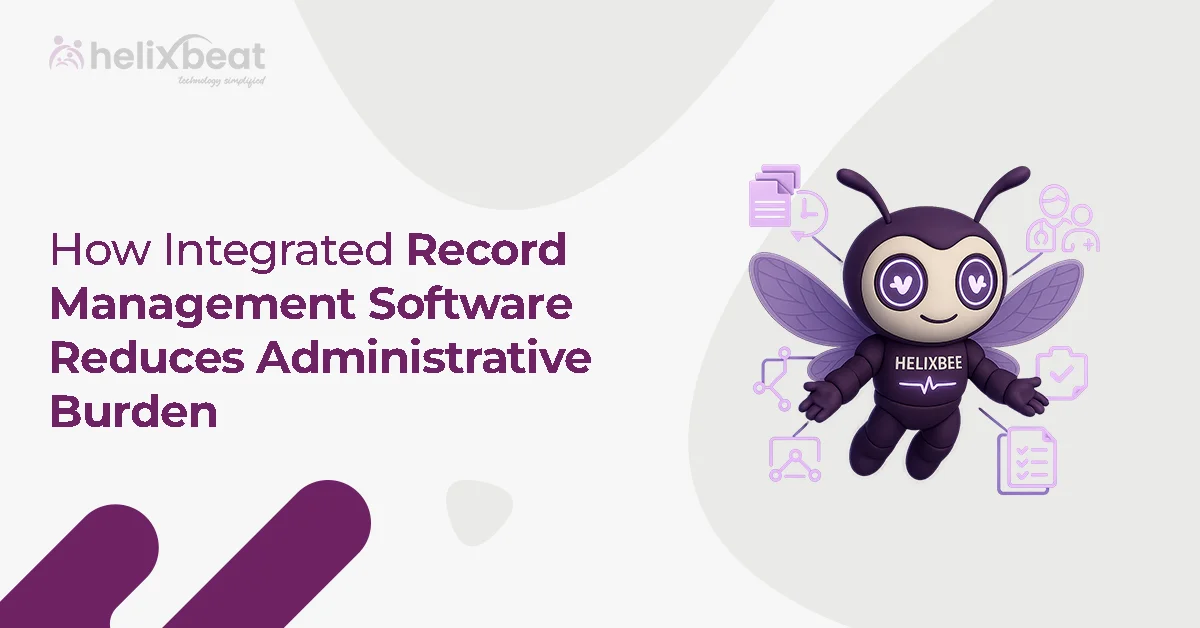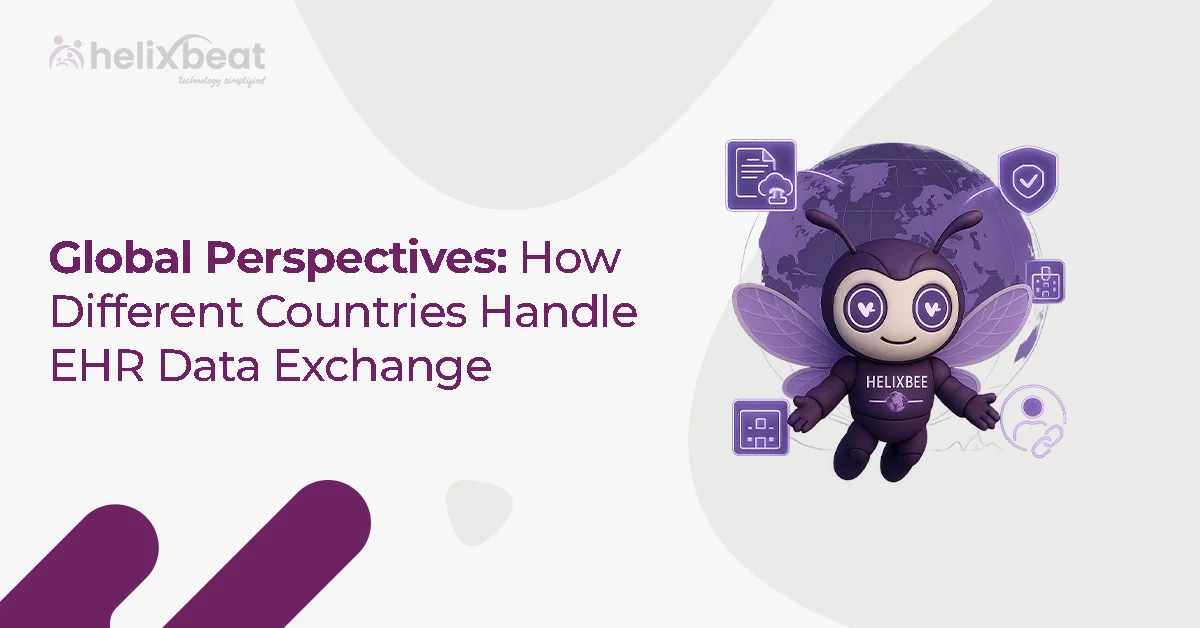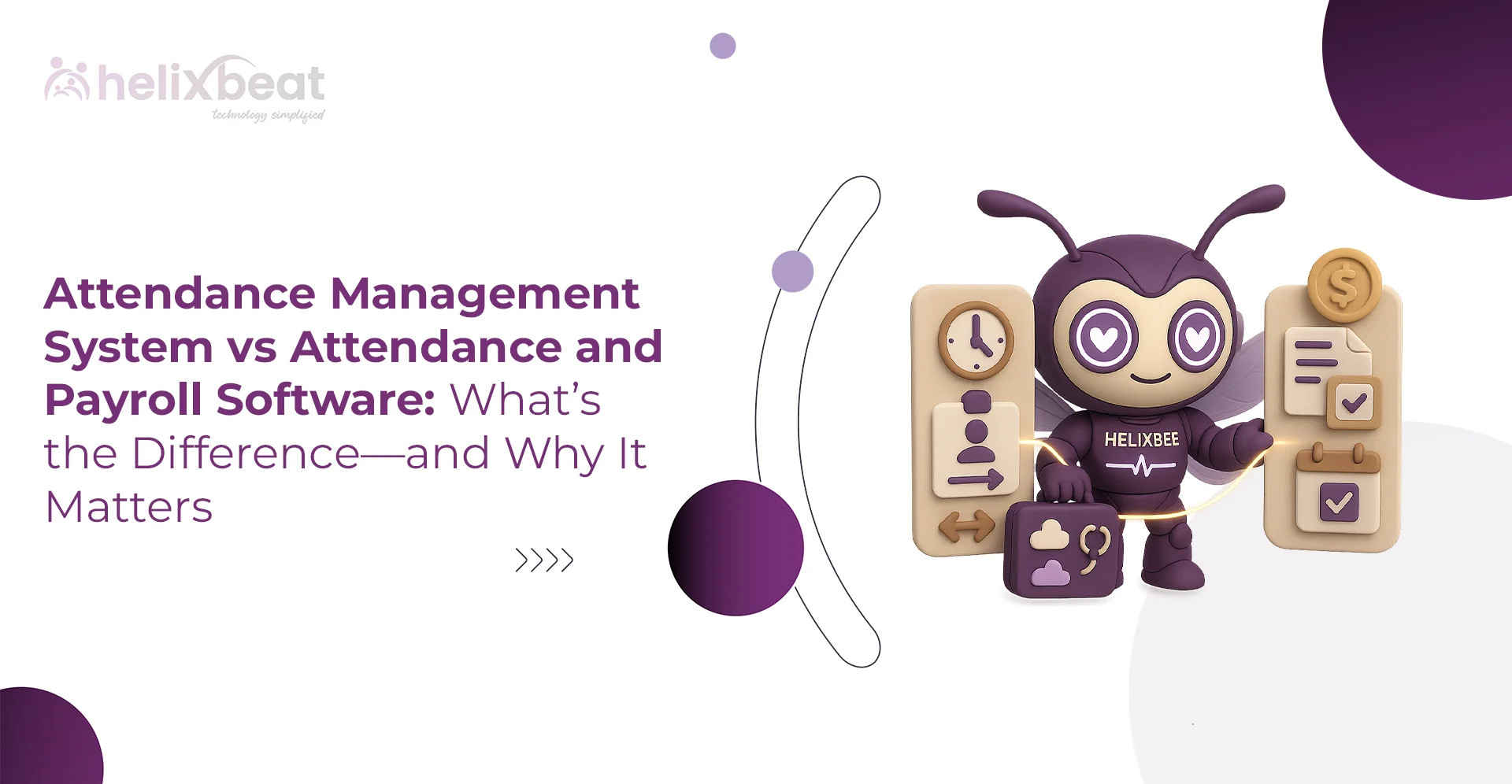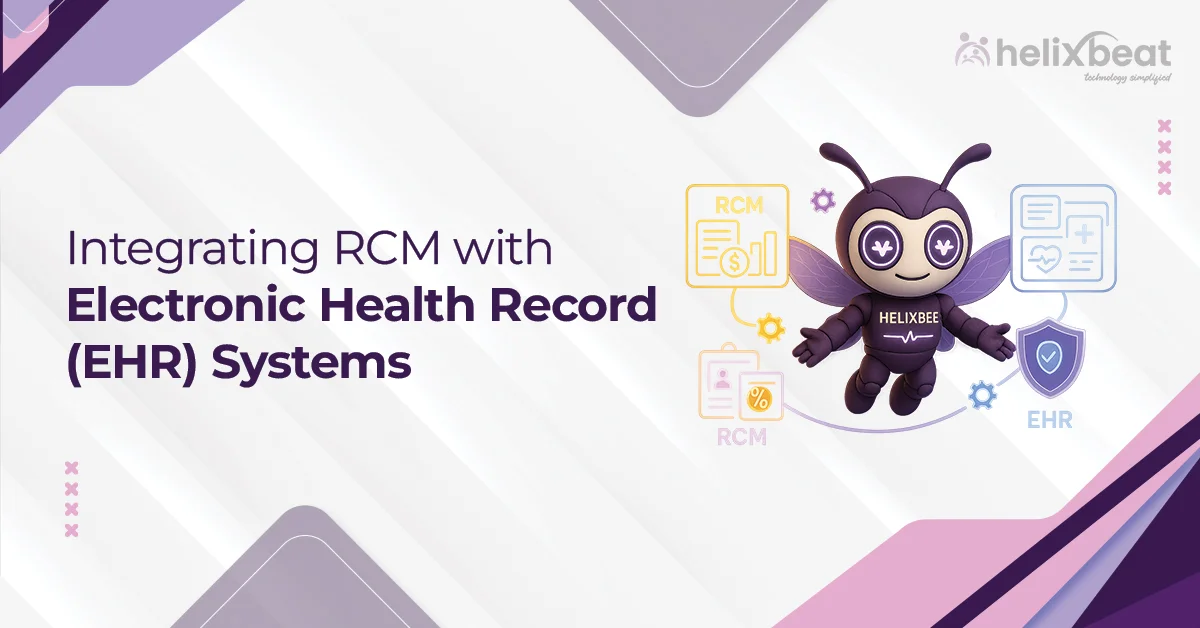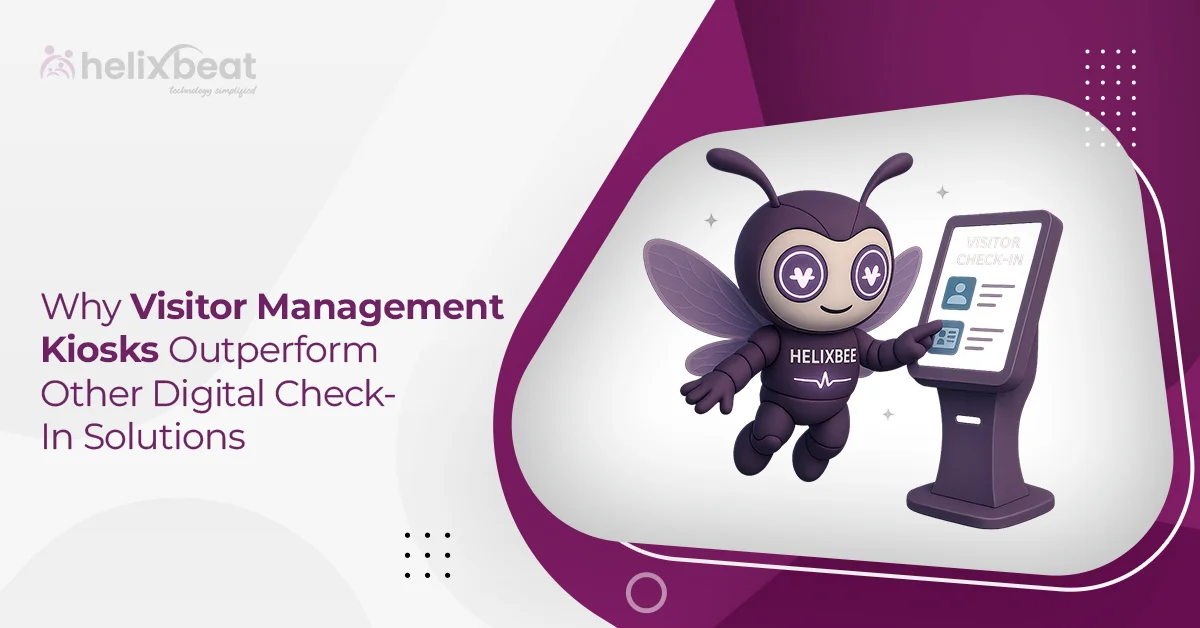The modern healthcare industry is plagued by inefficiencies, data silos, and security concerns that hinder optimal patient care. As health information technology rapidly advances and reshapes medical data handling, traditional systems are proving inadequate. That’s where a system like PULSE—built on Distributed Ledger Technology (DLT)—offers a transformative approach to transparency, security, and efficiency in healthcare data management. By leveraging decentralization, real-time access, and automation, PULSE creates an ecosystem where trust, accuracy, and accessibility take center stage.
In this blog, we will discuss why healthcare needs a transparent system like PULSE.
Table of Contents
1. Centralized Yet Decentralized Architecture
PULSE combines centralized control with decentralized resilience using Distributed Ledger Technology (DLT). This hybrid model promotes a secure, transparent, and efficient health data ecosystem, giving stakeholders real-time access without surrendering complete authority to a single entity.
a. Distributed Ledger Technology (DLT)
Unlike conventional electronic health record (EHR) systems that silo patient data in isolated databases, PULSE distributes records across multiple nodes. This decentralized approach strengthens data integrity, minimizes the risk of unauthorized changes, and eliminates vulnerabilities associated with single-point failures. This innovation redefines the role of health information technology in modern healthcare.
b. Tamper-Proof Records
Every interaction between patients and providers is recorded permanently on the ledger. This immutability safeguards against fraudulent modifications, accidental data loss, and discrepancies, thus strengthening trust among patients, healthcare professionals, and regulators.
c. Interoperability
Using HL7 and FHIR standards, PULSE acts as a seamless bridge between fragmented EHR systems. By harmonizing disparate data formats, it creates a unified and comprehensive patient history. This streamlined connectivity reduces redundant tests, enhances care coordination, and supports informed decision-making.
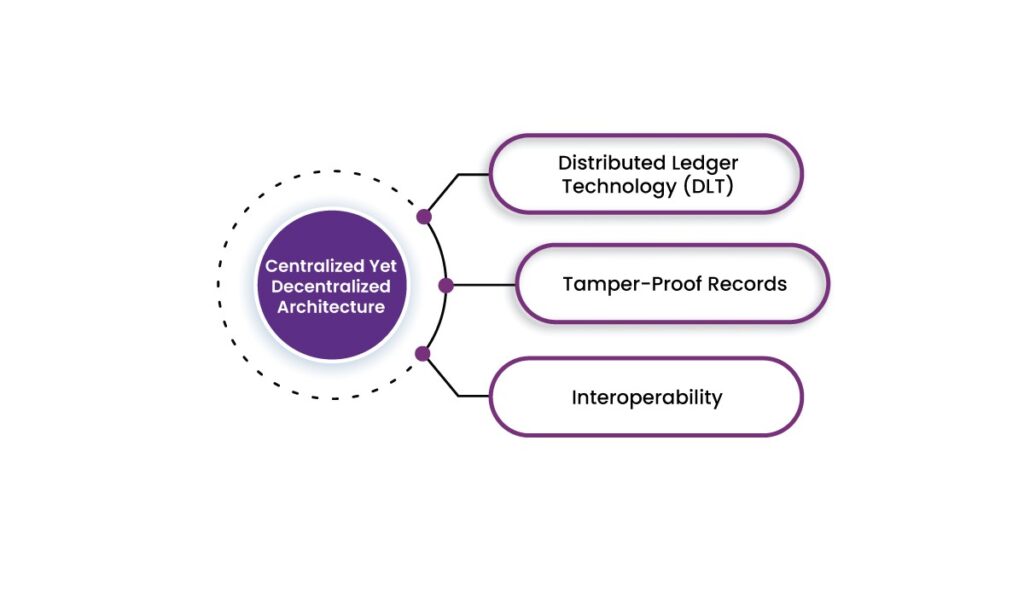
2. Real-Time Data Access
Here’s how health information technologyPULSE offers real-time data updates and empowering doctors, nurses, and patients:
a. Instant Updates
With PULSE, healthcare providers no longer have to sift through outdated records or wait for test results to be manually updated. The latest medical histories, treatment plans, and diagnostic reports are available at a glance, thus helping doctors make clinical decisions without unnecessary delays.
b. Multi-Stakeholder Access
Beyond hospitals and clinics, PULSE extends its abilities to connect insurers, pharmacies, diagnostic labs, and research institutions. This interoperable network reduces administrative bottlenecks, speeds up insurance claim approvals, and streamlines prescription fulfillment—bringing efficiency to every step of the patient journey.
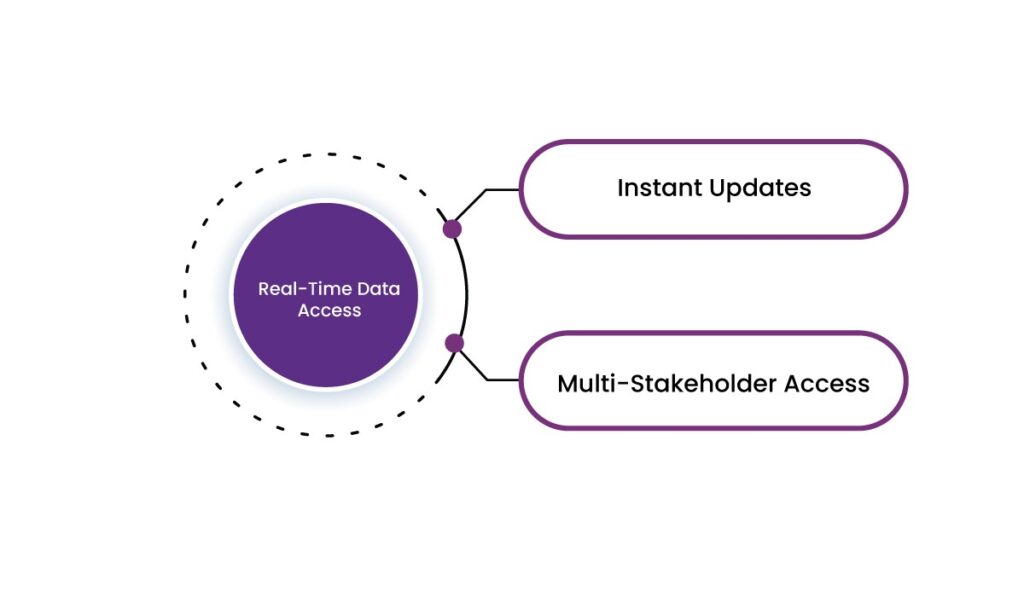
3. Smart Contracts for Automation
PULSE leverages smart contracts—self-executing agreements embedded within DLT technology—to revolutionize the way healthcare processes are managed. This health information technology creates a more transparent, efficient, and error-resistant system.
a. Revolutionizing Administrative Processes
Smart contracts take over administrative tasks like insurance claims processing, appointment scheduling, and prescription renewals. This reduces paperwork and human intervention, accelerates approvals, and lowers operational costs.
b. Tailored Rules for Personalized Healthcare
Rather than applying rigid, one-size-fits-all policies, smart contracts empower healthcare providers and insurers to set dynamic rules for care plans, payment structures, and patient consent management. As a result, these contracts support real-time data exchange and enhance patient-provider collaboration.
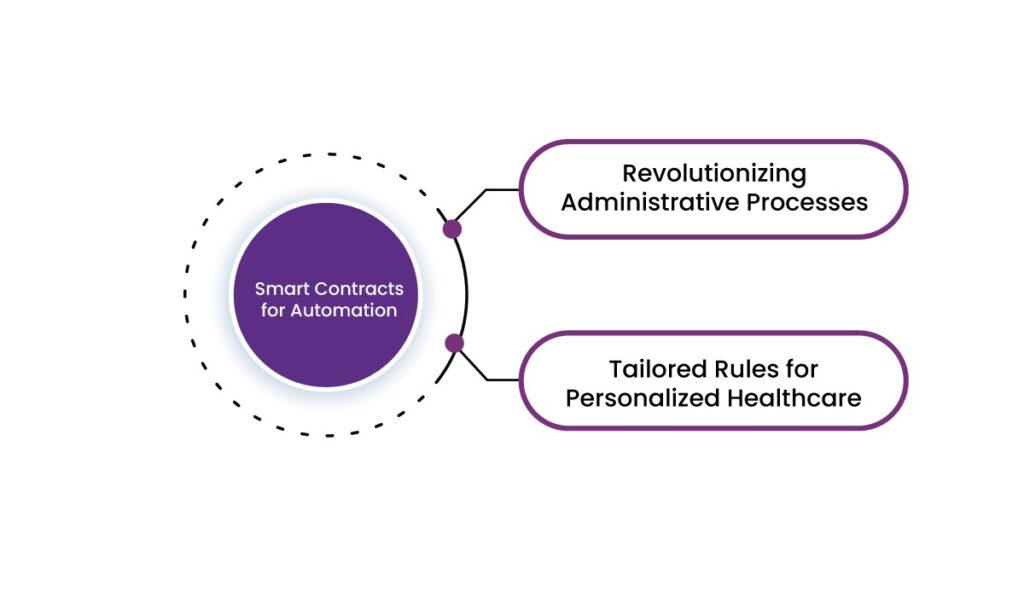
4. Security and Privacy
Health information technology PULSE integrates advanced cryptographic techniques to protect sensitive health information.
a. Encryption
Every piece of patient data in PULSE is encrypted using state-of-the-art cryptographic methods. Therefore, even if hackers attempt to intercept medical records, they would encounter indecipherable code rather than readable information.
b. Zero-Knowledge Proofs
With zero-knowledge proofs, health information technology PULSE facilitates data verification without exposing other critical details. For example, a hospital can confirm a patient’s eligibility for a procedure without revealing unnecessary insurance details, thus maintaining both privacy and efficiency.
c. Role-Based Access Control
Not all healthcare professionals require the same level of access. A doctor may need full visibility into a patient’s history, while an insurance provider might only require billing-related details. With role-based access control, PULSE grants permissions accordingly, thus reducing unnecessary data exposure while keeping workflows seamless.
d. Consent Management
The consent management system in PULSE puts patients in charge of their own medical data. Whether they want to share their records with a specialist, contribute to medical research, or restrict access from certain entities, they have complete autonomy over who sees what and when.
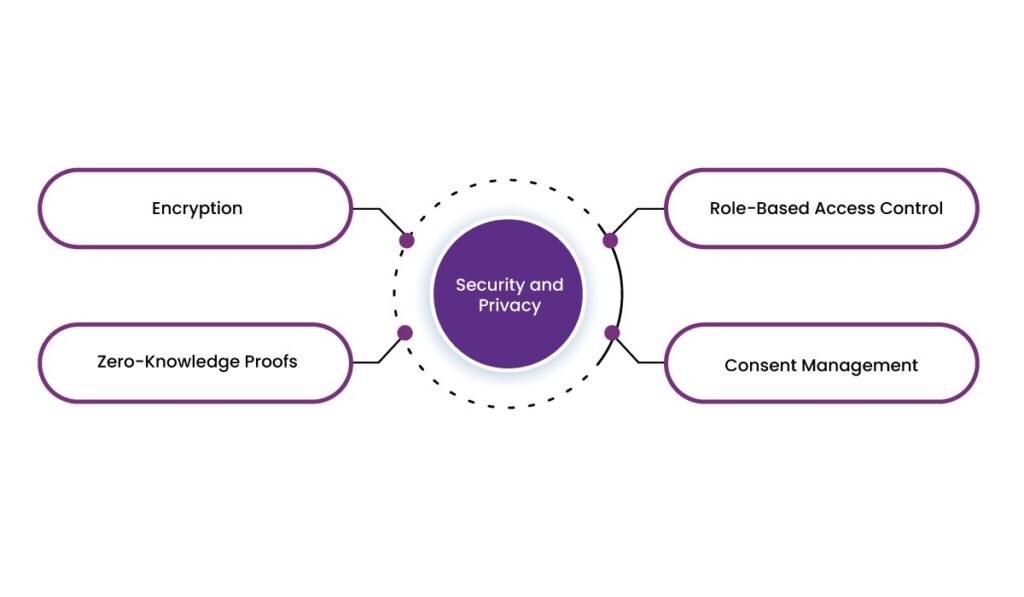
5. Transparency and Traceability
With the increasing reliance on health information technology, it’s more important than ever to track how medical data is accessed, modified, and shared. Therefore, PULSE implements immutable audit trails and data provenance mechanisms to track every data access or modification.
a. Audit Trails
Every time medical data is retrieved or transferred within PULSE; a detailed log captures the event along with a timestamp. This unbroken chain of accountability helps curb fraud, supports compliance with regulatory frameworks, and provides healthcare providers with a clear history of patient data usage.
b. Provenance
Knowing where medical information originates and how it evolves over time is critical in preventing errors and maintaining trust in healthcare exchanges. Therefore, PULSE maps the complete lifecycle of each medical record, thus verifying its authenticity and preventing alterations that could lead to misinformation.
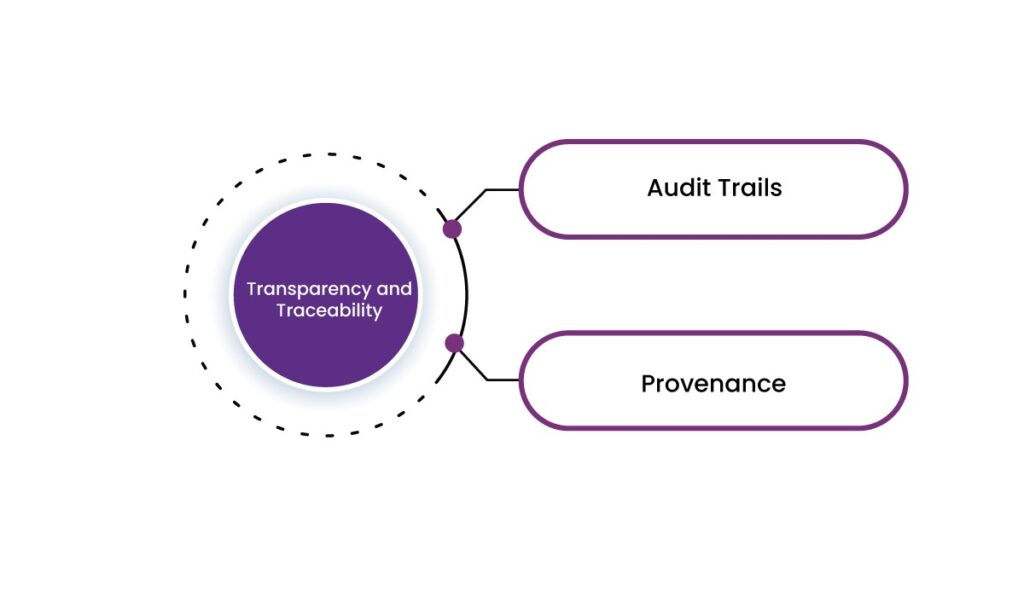
6. Efficiency Enhancements
Here’s how health information technology PULSE cuts down on administrative roadblocks and optimizes operational workflows:
a. Streamlined Billing
Billing mistakes often create financial headaches for both patients and providers. PULSE eliminates these discrepancies by maintaining a unified, real-time record of treatments and procedures. This accuracy leads to seamless billing, reduces disputes, and enhances trust between healthcare providers and patients.
b. Reduction in Redundancy
Unnecessary medical tests and duplicate procedures inflate costs and waste valuable time. With PULSE, providers gain immediate access to a patient’s complete medical history, thus preventing repetitive diagnostics and streamlining care delivery.
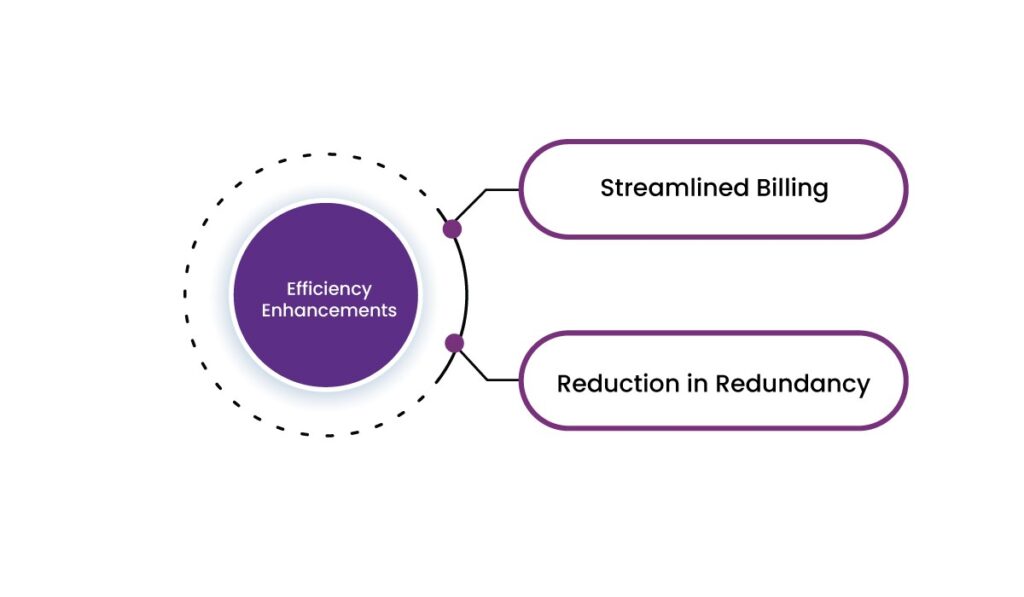
Final Thoughts
In an era when data-driven healthcare has become a necessity, traditional systems fail to deliver the security, efficiency, and transparency needed for optimal patient care. However, health information technology PULSE revolutionizes healthcare by offering tamper-proof records, real-time accessibility, smart contract automation, and advanced security mechanisms.
The future of healthcare relies on transparent, secure, and efficient data management. With PULSE, providers, insurers, and patients can navigate the complexities of medical data with confidence. Contact us today to learn how PULSE can optimize your healthcare operations!
FAQs
1. What is PULSE, and how does it improve healthcare data management?
PULSE is a healthcare data management system built on Distributed Ledger Technology (DLT). It enhances security, transparency, and interoperability by decentralizing data storage, preventing unauthorized changes, and providing real-time access to medical records.
2. How does PULSE maintain data integrity and prevent tampering?
PULSE records all interactions on an immutable ledger, meaning that once data is added, it cannot be altered or deleted. This feature prevents fraudulent modifications, accidental loss, and discrepancies in medical records.
3. How does PULSE facilitate interoperability between different healthcare systems?
Health information technology PULSE uses HL7 and FHIR standards to connect fragmented Electronic Health Record (EHR) systems. By harmonizing different data formats, it creates a unified and accessible patient history across hospitals, clinics, insurers, and research institutions.
4. What role does real-time data access play in healthcare efficiency?
Real-time updates allow doctors, nurses, and other healthcare providers to instantly access the latest patient information. This eliminates delays caused by outdated records, thus streamlining clinical decision-making and improving patient care.
5. How does PULSE reduce redundancy in medical procedures?
By providing healthcare professionals with immediate access to complete patient histories, health information technology PULSE helps prevent unnecessary medical tests and duplicate procedures. This optimizes resource allocation and enhances care delivery.
6. How does PULSE use smart contracts to automate healthcare processes?
PULSE integrates smart contracts—self-executing agreements that automate administrative tasks like insurance claims processing, appointment scheduling, and prescription renewals. This reduces paperwork, speeds up approvals, and minimizes errors.



